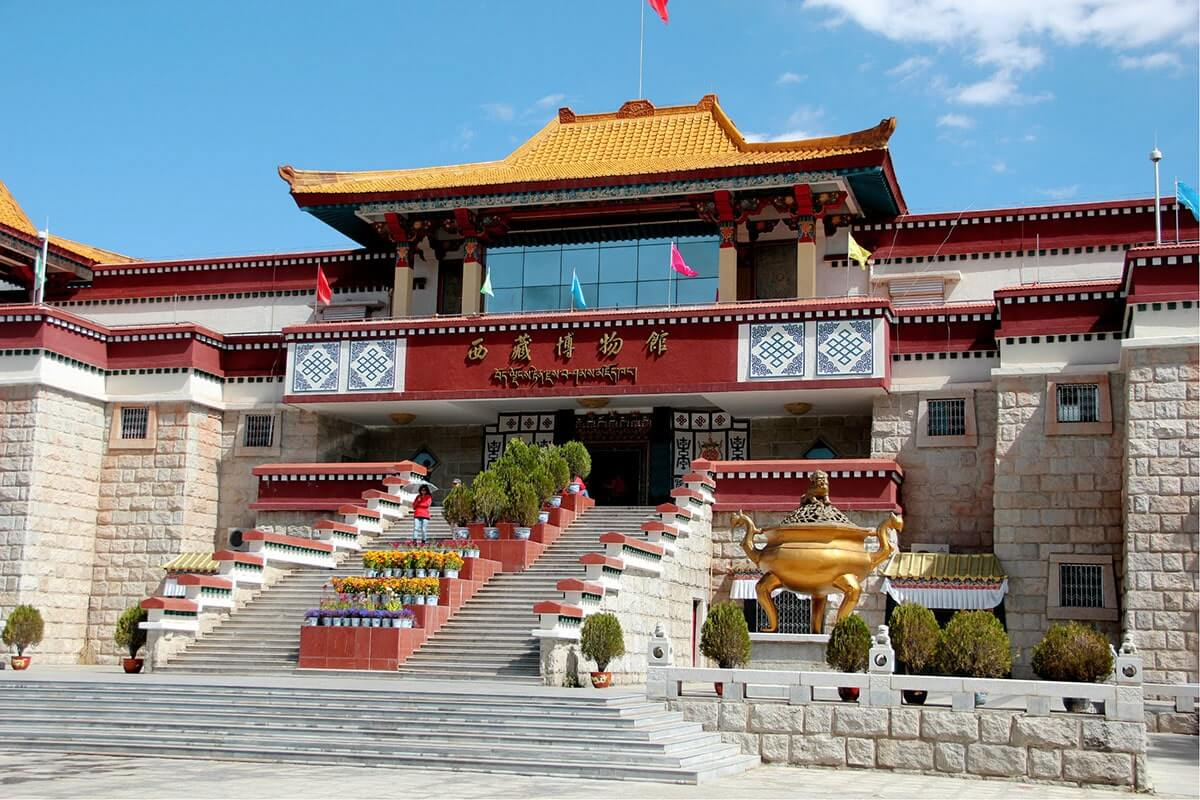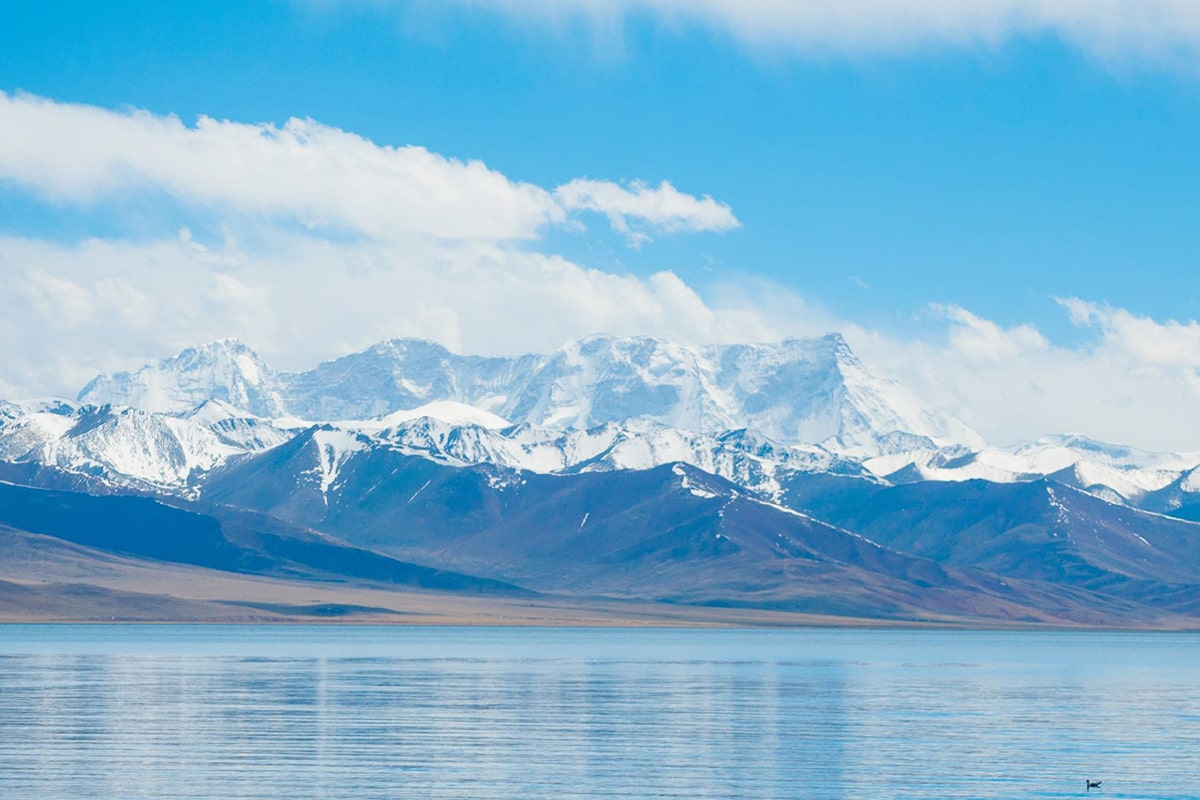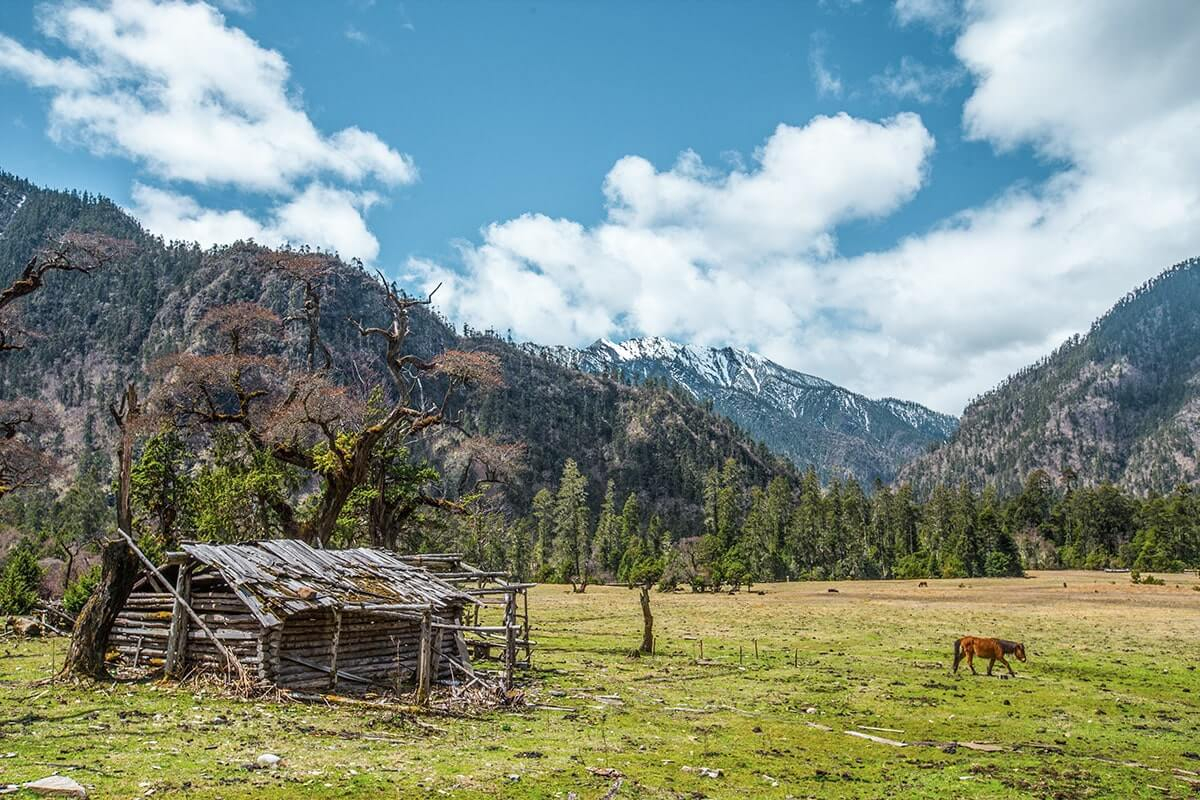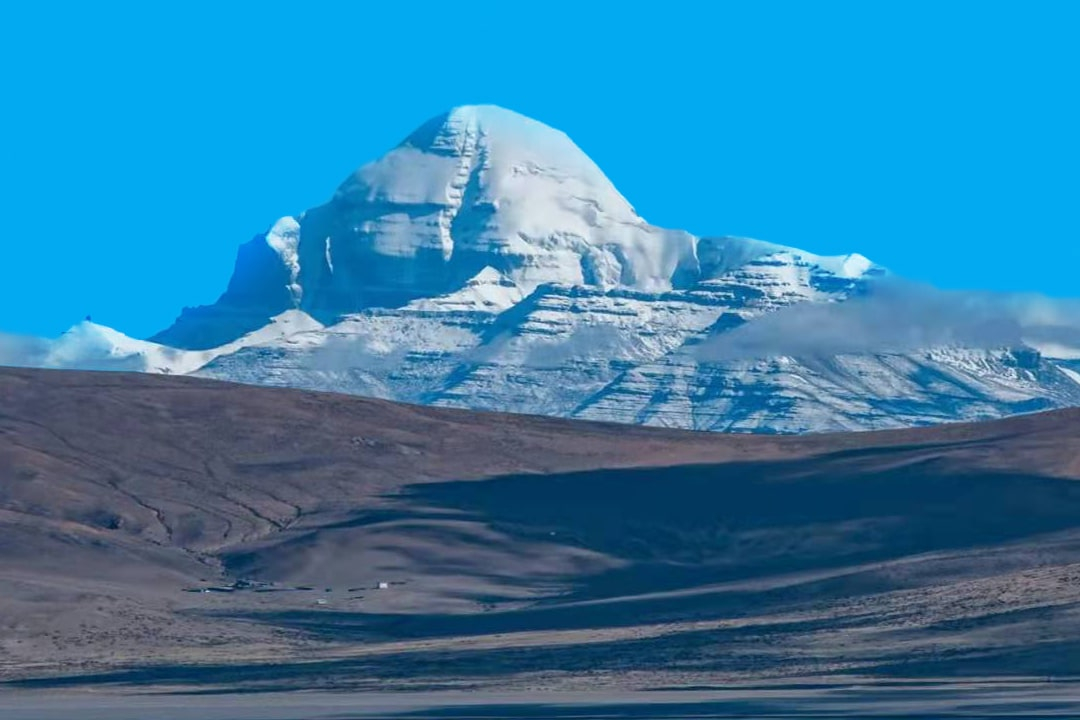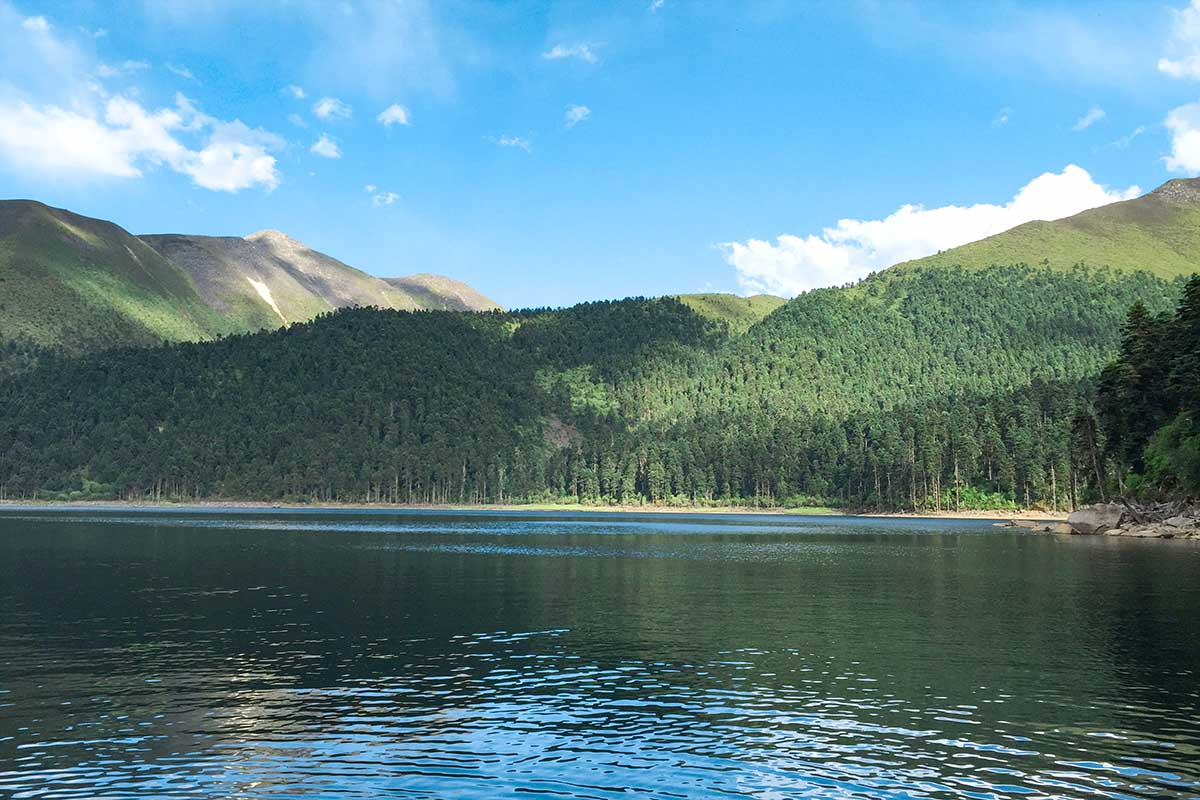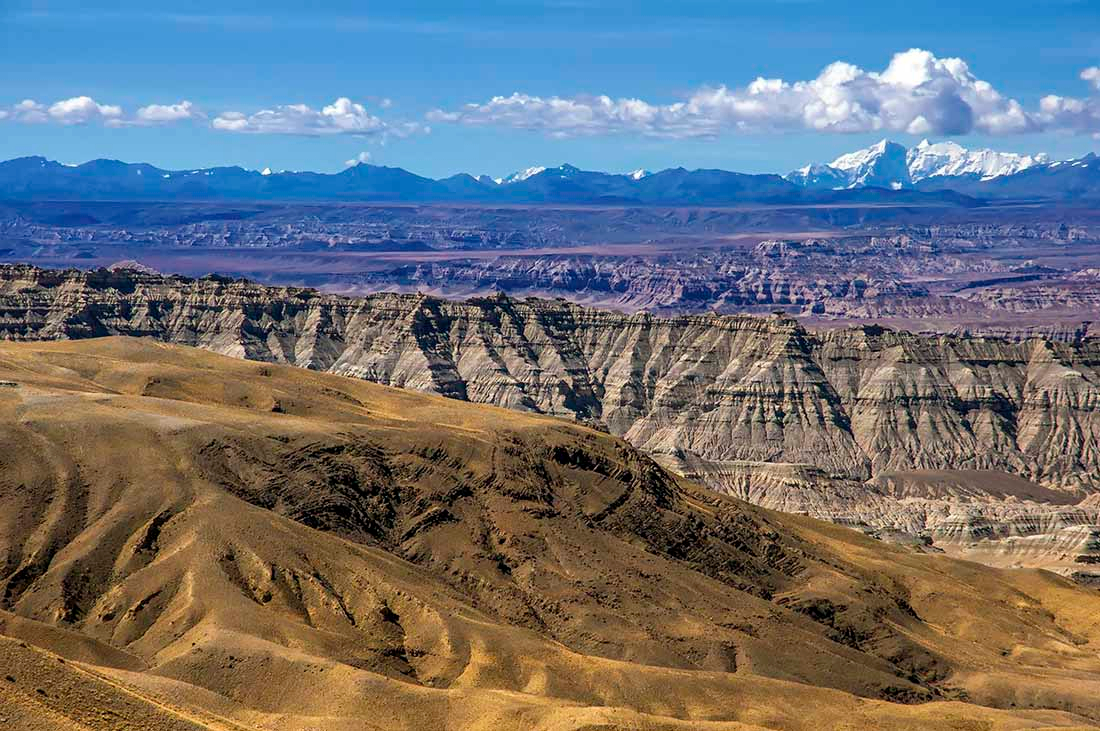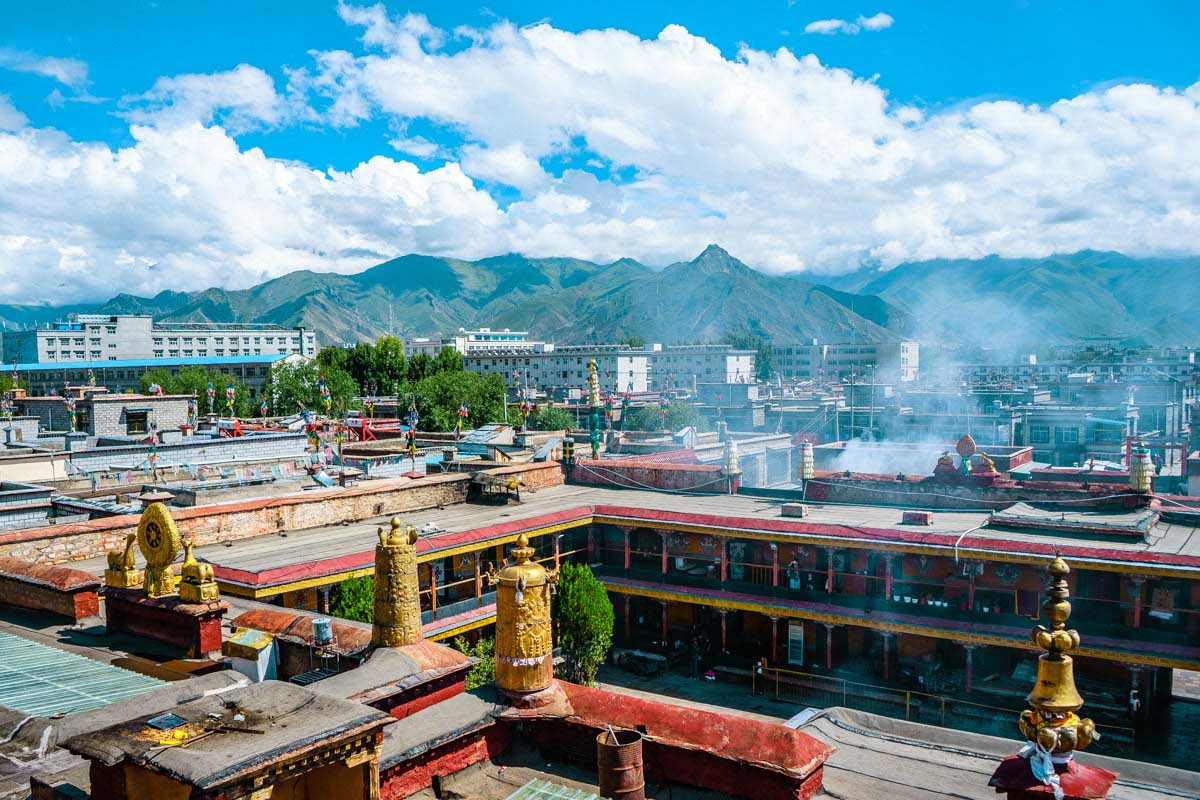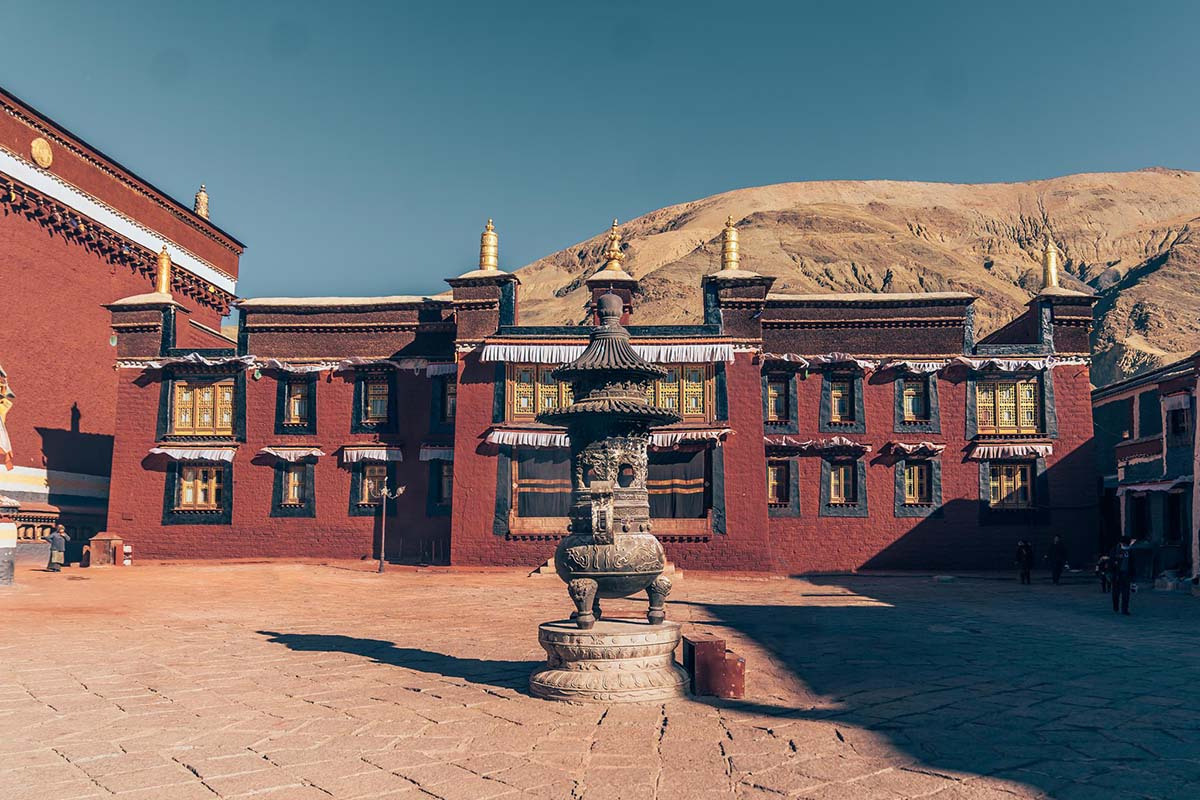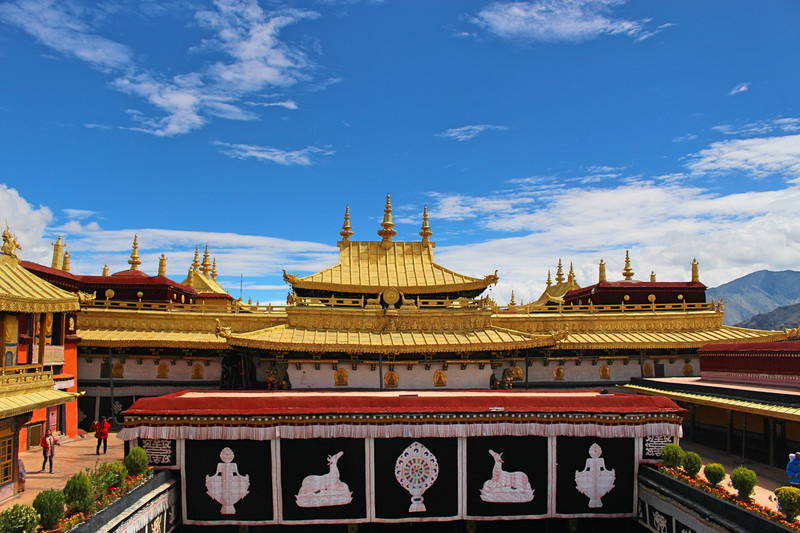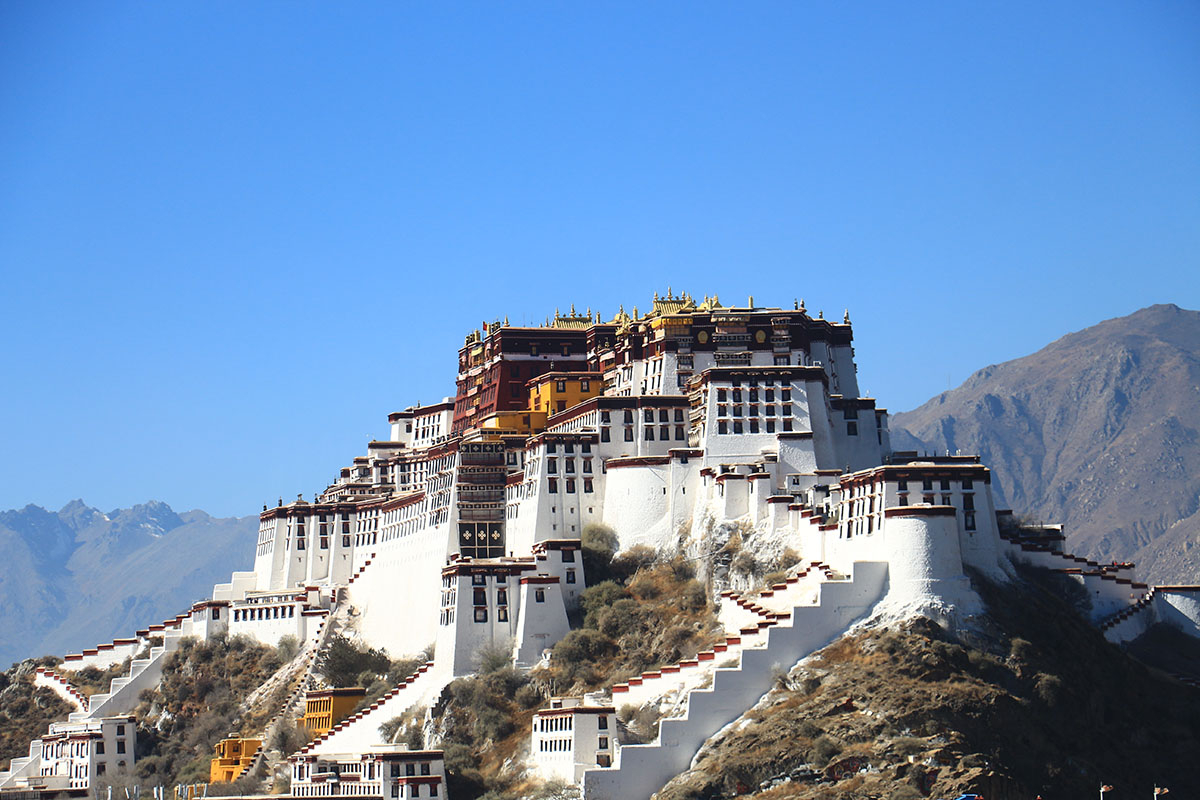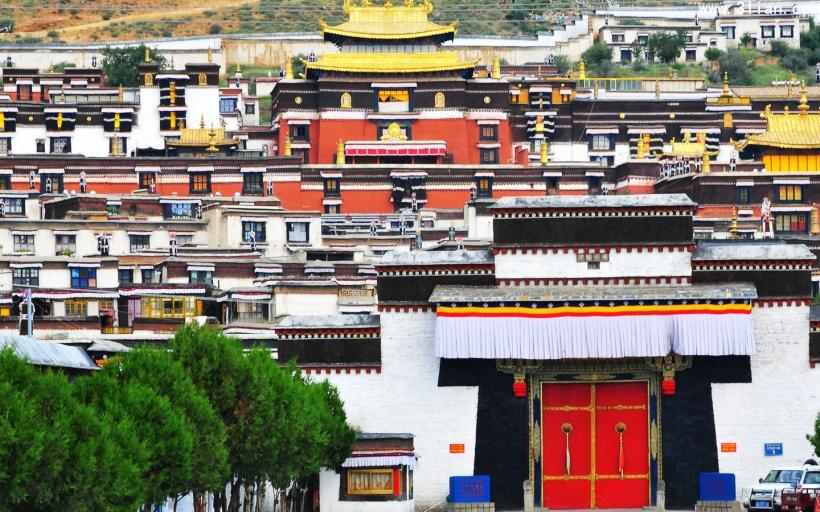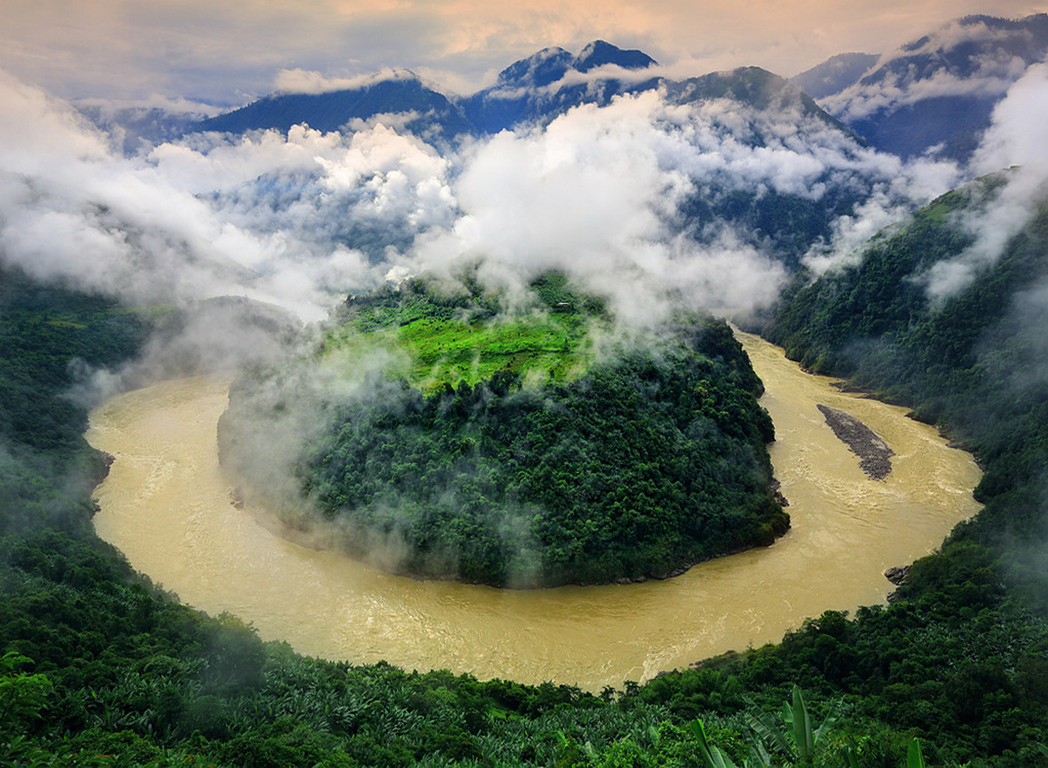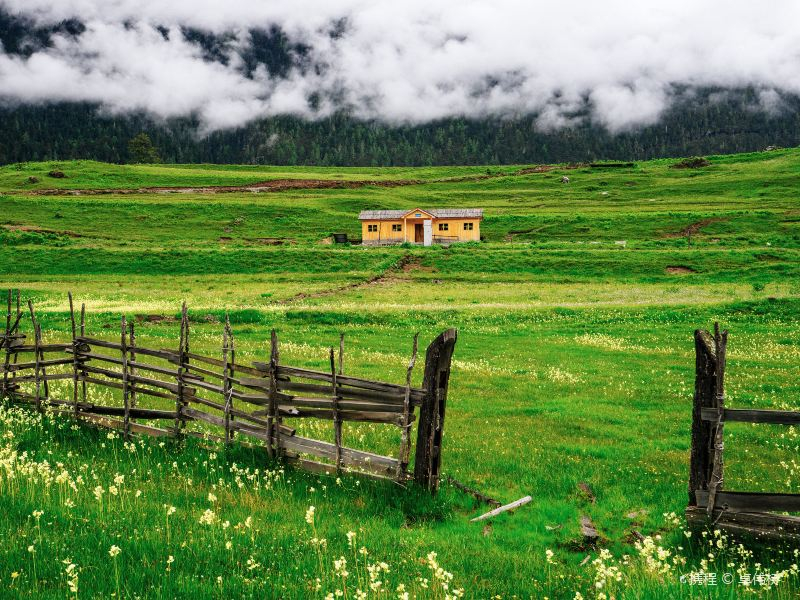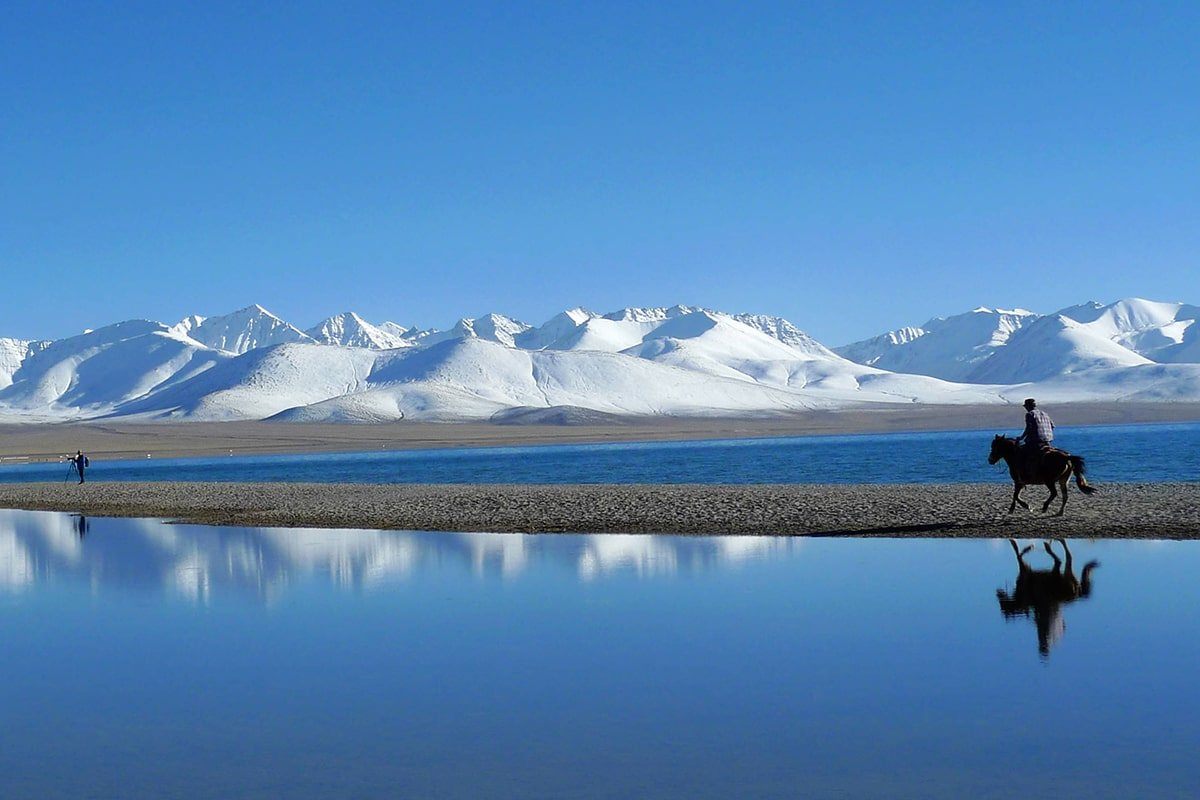Sakya Monastery
Chinese Name: 萨迦寺 (Sa Jia Si)
Location: Sakya Town, Sakya County, Shigatse City, Tibet.
Ticket: CNY50.00
Estimated tour time: 2 hours
Recommended time to visit: May to Oct.
Nearby attractions: Tashihunpo Monastery.
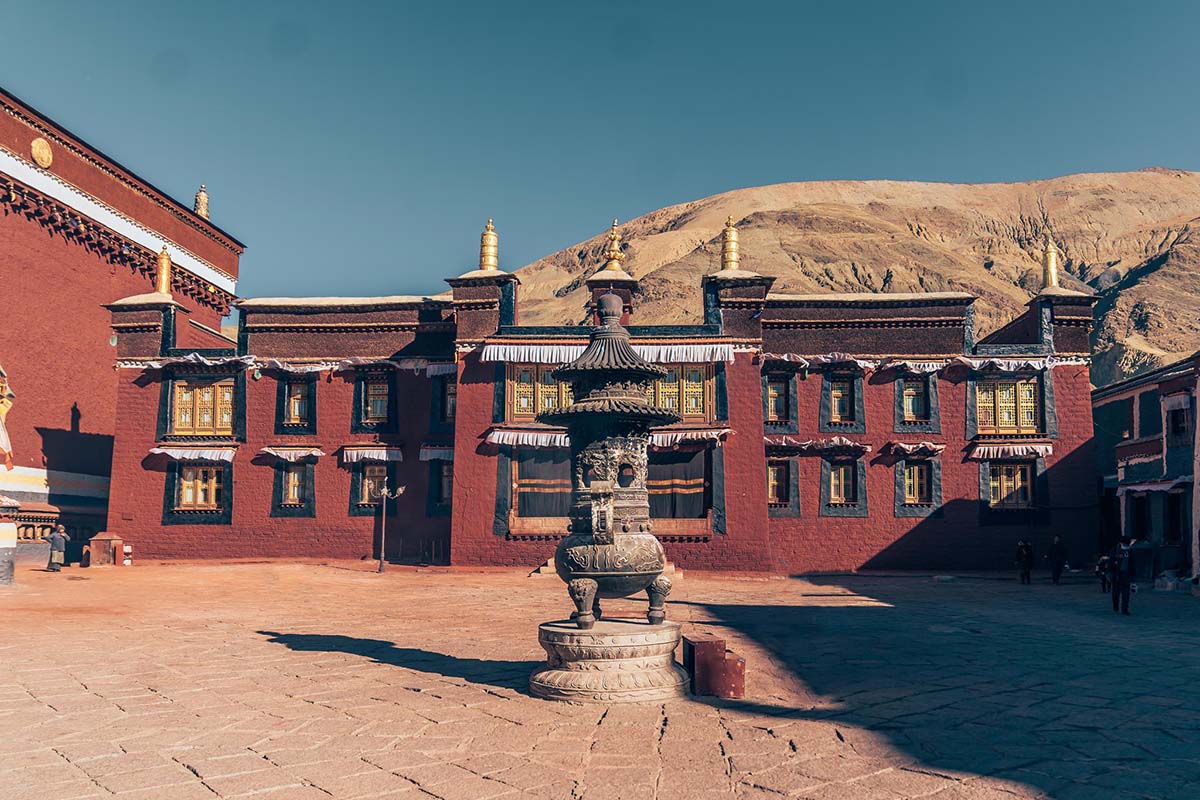
Sakya Monastery is located at the foot of the Ponpori Hills in Sakya County, Shigatze City, Tibet Autonomous Region. It is a monastery of the Sakya School of Tibetan Buddhism and the first monastery and the seat of of the Sakya School, one of the four major schools of Tibetan Buddhism. The others being the Nyingma, Kagyu, and Gelug. It is one of the Red Hat orders along with the Nyingma and Kagyu. At an altitude of 4316 meters, it is 148 km away from Shigatse City and 418 km away from Lhasa, the capital city of Tibet.
Sakya Monastery was listed as a national key cultural relic protection unit in 1961.
Sakya means “pale earth” in Tibetan language. In 1073 AD, Khon Konchog Gyalpo (1034-1102), a descendant of the Tubo noble Khon family, discovered the white shiny earth and auspicious signs on the southern side of the Ponpori Hills so he funded the construction of the Sakya Monastery. This is the predecessor of the Sakya North Temple and gradually formed the Sakya School. In the Sakya Monastery, walls are painted with red for Manjusri, white for Avalokitesvara, and blue for Vajrayhand.
The Sakya Monastery is divided into the North Monastery and the South Monastery. The Zhongqu River runs through the two monasteries. The North Monastery is located under the “pale earth" rock of Ponpori Hills on the north bank, while the South Monastery is above the flat ground on the south bank.
Sakya Monastery is a grand scale with more than 40 building units. It owns the reputation as a Second Dunhuang. There are more than 3,000 fine murals in Sakya Monastery. The subjects cover a wide range of aspects such as religion, history, culture and social life, mainly with Buddhist scriptures, doctrines, myths and legends, historical stories, the history of the Khon family, the history of Sakya, landscapes, flowers and auspicious animals, decorative patterns, etc. The scene is grand and the content is rich.
On the south side of the porch are murals of six interesting pictures.The walls on the west, south and north of the hall are the walls of Buddhist scriptures, which reach to the top of the hall. On the shelf are more than 44, 000 Buddhist scriptures written in ink in gold, silver and precious powder.
A large number of pagodas are distributed on the west side of Sakya North Temple, forming a huge pagoda group, but most of them have collapsed.
- HOTEST
- RECOMMEND
